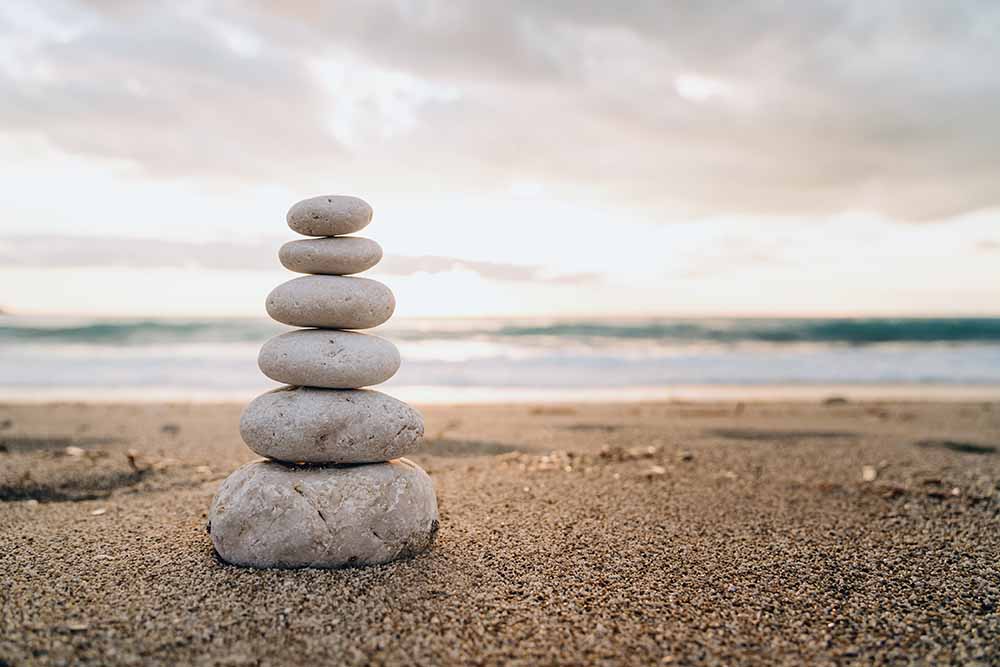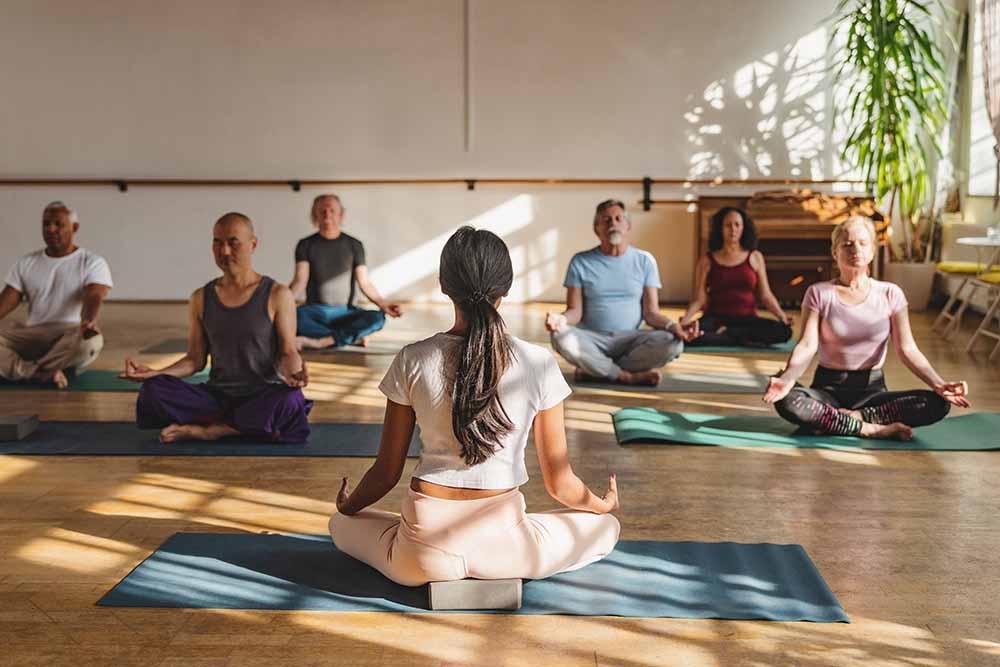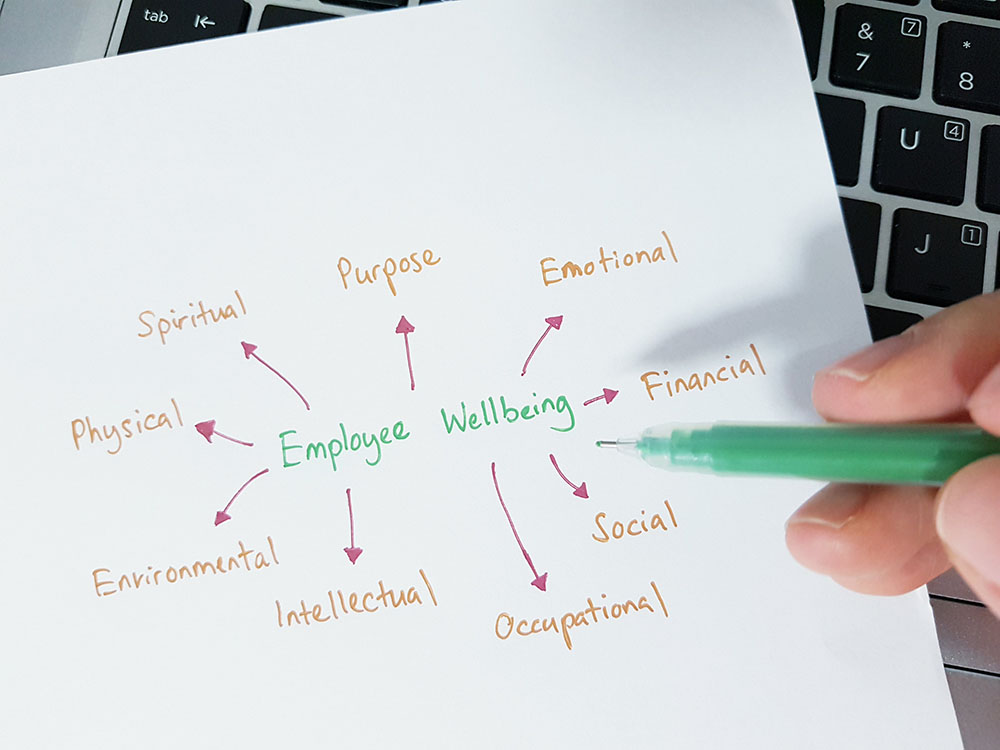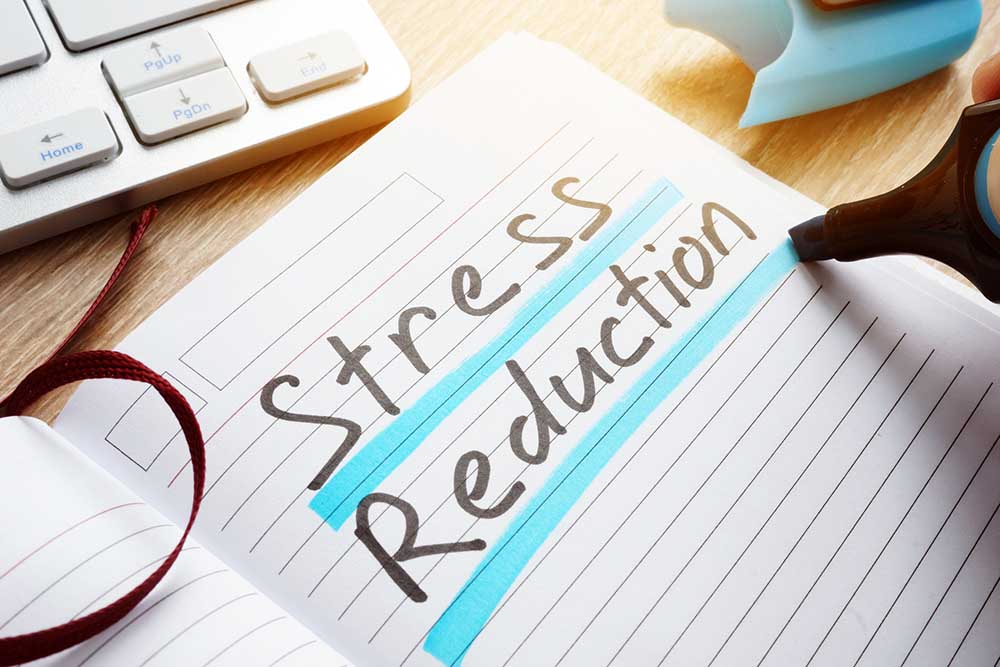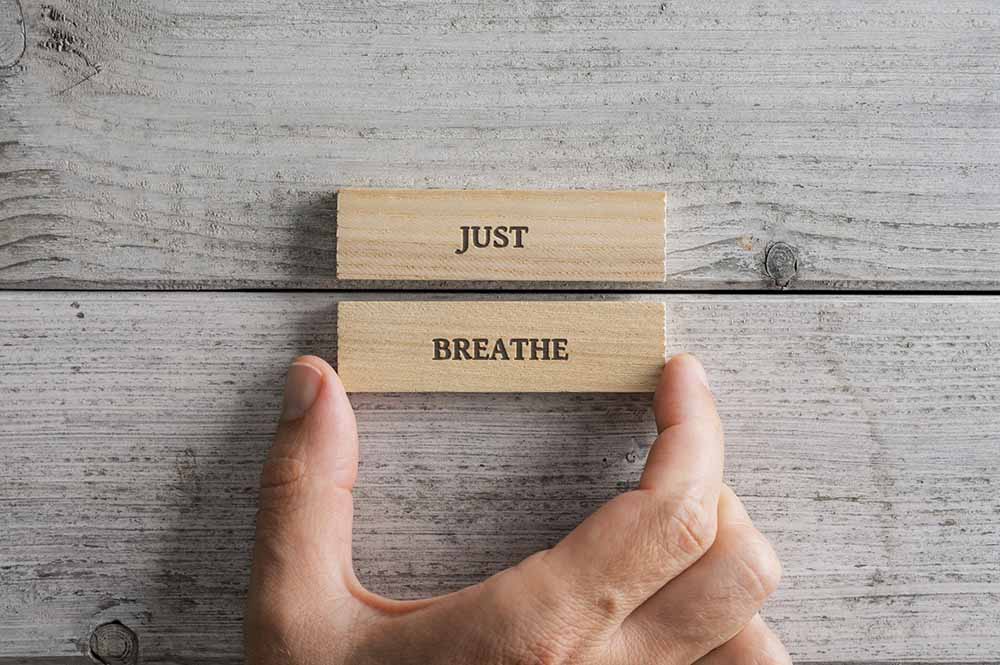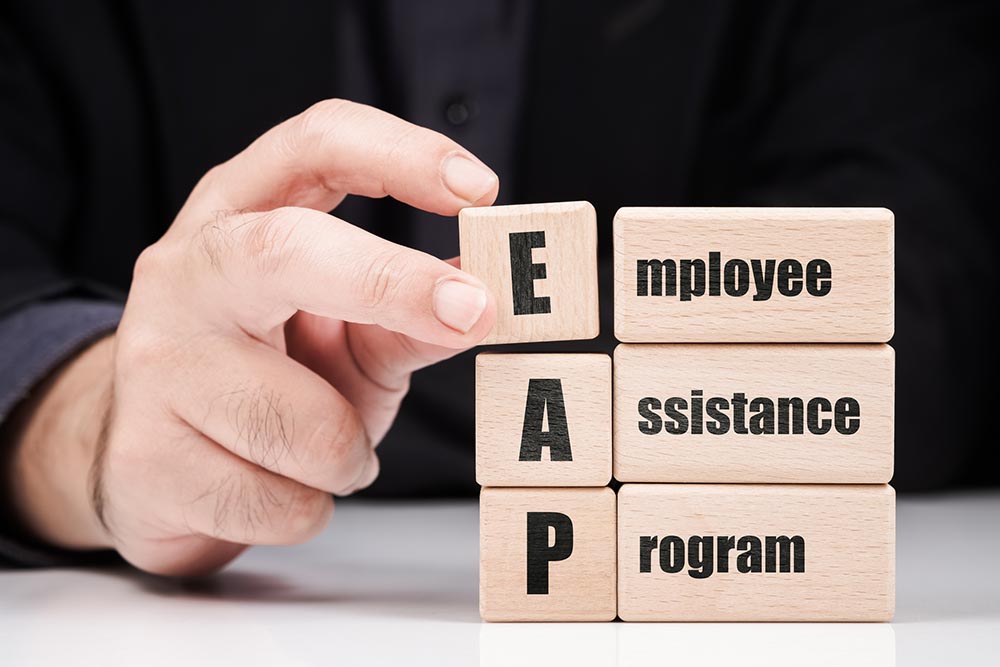Building Your Holistic Wellness Toolbox: The Key to a Balanced Life
Wellness Isn’t About One Solution—It’s About Having the Right Tools
When something breaks in your home, you reach for the right tool to fix it. You wouldn’t use a hammer when you need a screwdriver and you wouldn’t try to repair everything with the same tool.
Your health and wellbeing work in the same way. No single solution can fix everything and different challenges require different approaches. Some tools, like mainstream medicine, provide a strong foundation, while others, like mindfulness or reiki, can help you manage stress, support emotional balance or improve your overall wellbeing.
Instead of searching for one “perfect” way to feel better, what if you created a holistic wellness toolbox instead? This way, you’ll have a collection of practices and supports that work together to help you feel your best.
Why You Need More Than One Tool for Wellbeing
Many people view wellness in black and white terms:
- “I only trust medical professionals.”
- “I only use natural remedies and practices.”
- “If I see a psychologist, I shouldn’t need mindfulness or meditation.”
- “If I take medication, I don’t need anything else to feel better.”
But wellness isn’t either/or, it’s both/and. Science and holistic wellness practices can work together to create a more complete and balanced approach to health.
For example:
- A person managing chronic pain might feel relief from both physiotherapy and reiki.
- Someone struggling with stress and anxiety might benefit from both talking therapy and mindfulness practices.
- A person dealing with insomnia might follow medical advice while also using sound healing or breathwork to relax before bed.
Can you see that by combining different tools, you can give yourself more options and more support—rather than relying on just one method and hoping it works for everything?
How to Build Your Own Wellness Toolbox
Since everyone’s needs are different, your wellness toolbox should be personal to you. Here’s how to start building yours:
Step 1: Identify Your Needs
Ask yourself:
- What are the biggest challenges I face in my health and wellbeing?
- When do I feel most stressed, overwhelmed or out of balance?
- What areas of my wellbeing could use more attention?
Once you can identify where you need support—whether it’s mental clarity, emotional balance, physical health or stress management—you can start exploring tools that work for each specific need.
Step 2: Explore Different Tools
Think of this as trial and error—you don’t need to find all of the answers right away. The key is to stay open and curious, allowing yourself to try different practices and see what resonates with you.
Here are some tools that you could put in your holistic wellness toolbox:
- Medical and Professional Support: GP visits, psychology, physiotherapy or medications when needed.
- Mindfulness and Meditation: Guided meditation, breathwork or silent retreats.
- Energy-Based Practices: Reiki, acupuncture or sound healing.
- Movement and Physical Health: Yoga, exercise, massage therapy.
- Nervous System Regulation: Cold water therapy, deep breathing, restorative yoga.
Some tools will work better for you than others. So, you don’t need to love everything you try—just use what helps and leave what doesn’t.
Step 3: Know When to Use Each Tool
Even when you find what does work for you, not every tool is meant for daily use. Some are foundational (like regular exercise or meditation), while others might be used as needed (like seeing a mental health professional during a stressful period).
For example:
- You might use breathwork daily to reduce stress, but book a reiki session once a month for deeper emotional balance.
- You may follow medical treatments consistently while using sound healing as a relaxation tool when needed.
- A silent retreat might be something you do once a year, while mindfulness becomes a weekly practice.
The goal is to have different options available so you can choose the right tool at the right time.
Your Toolbox Will Evolve Over Time
Your needs, challenges and interests will change over time—and that means your wellness toolbox should grow and evolve with you.
- What helped you last year might not be the same thing that helps you today.
- You may discover new practices that support you better than old ones.
- Some tools will be temporary, while others will be lifelong.
And that’s okay! Wellness isn’t about following a rigid formula—it’s about flexibility, learning and growth.
Let’s Help You Find the Right Tools
At The Healing Centre of Australia, we believe in a balanced approach to health and wellbeing. Whether you’re looking for stress management tools, emotional support, or deep relaxation, we offer a range of holistic practices that can complement and support your existing wellness routine.
Curious about whether reiki sessions, sound healing, a silent retreat or a mindfulness workshop could be part of your holistic wellness toolbox?
